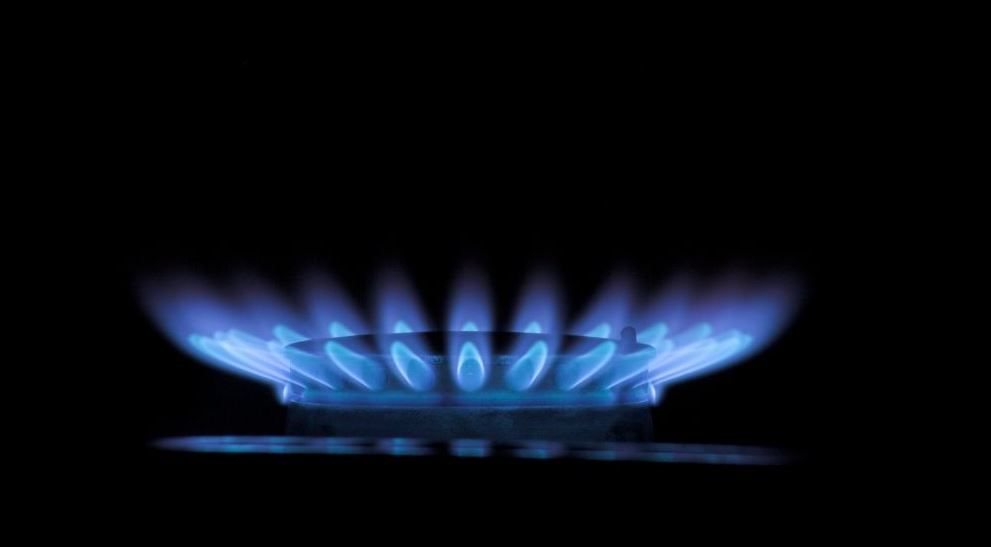Natural gas is a mixture of hydrocarbons gas. Mainly, it consists of methane but also includes other components such as hydrogen. Carbon dioxide, helium and sulphide. The gas results from decomposed animals and plants, which undergo pressure underground, without the presence of oxygen.
Read on for clues of how to locate the natural gas:
Where is natural gas found?
The curiosity of where to find natural gas existed since civilization. Natural gas is located in porous sedimentary rocks and under the sea, moreover, can also be located in the atmosphere.
Often, it can be found near oil deposits. A deeper deposit produces a high percentage of natural gas. As much as it exists in the form of gas, there are also liquid and solid hydrocarbons.
The fascinating fact is that it can be found within the intestines of humans and animals. Places with low oxygen percentage are also excellent habitat for such kind of a gas. Need help? Digitrak has got you covered.
How can you locate natural gas?
There are various methods used to locate this gas. Geologists, explorers and geographers play a massive role in ensuring this becomes a reality. The following are some of the various methods that can be used to determine the presence of natural gas;
1. Exploring
Explorers are curious people. They search and dig deep on areas where gas can be located. They get clues when they come across seepages of oil or gas. This case triggers there research, and hence, they declare and mark the area of interest.
2. Seismology
We have both onshore and offshore seismology. The earth crust consists of numerous layers. Each layer has unique characteristics. When seismic waves travel underneath the ground, they produce certain vibrations. Each layer reacts differently with the tide.
By paying a keen interest, geophysicists record the taste of the vibrations and after that reveal the components found underneath.
- Logging
Logging is often done after drilling. This is an expensive process, conducted in a place where gas has already been discovered. Besides, it’s a performing test that confirms that the components underground are natural gas. There are over 100 types of logging the most common being standard and electronic logging.
- Use of data sources
Technology has made things easier are most people are using it in their fields, geographers and geologists are not an exception either. They use their knowledge from the underground together with technology to work.
There is a Survey and study outcropping of rocks, rock cutting and rock sampling. Moreover, they use geological tools to look for gas segments and examine the surface of the earth.
- Use of magnetometers and gravimeters
Magnetometers are used to determine the variance of different earth magnetic components. Gravimeters are used to measure the differences of gravity on underground components. Natural gas is low in gravity hence can be detected easily.
- Gas resources and reserves
A gas resource depicts the approximate of both discovered and undiscovered gas. On the other hand, reserves describe a relative volume of the only discovered gas.
Gas is transported to various stations, homes and business after it has been processed and purified through pipelines.
Conclusion
Several methods are used to locate gas. Each method is important since they also assist I the discovery of this unique product.

